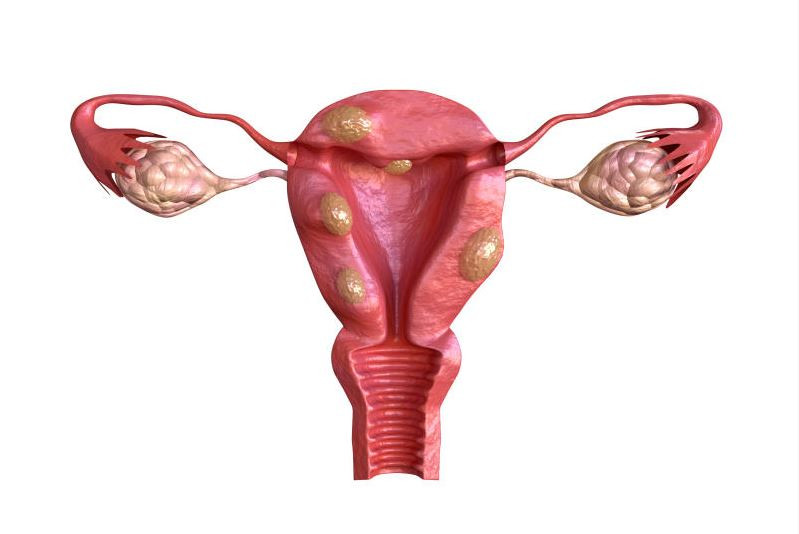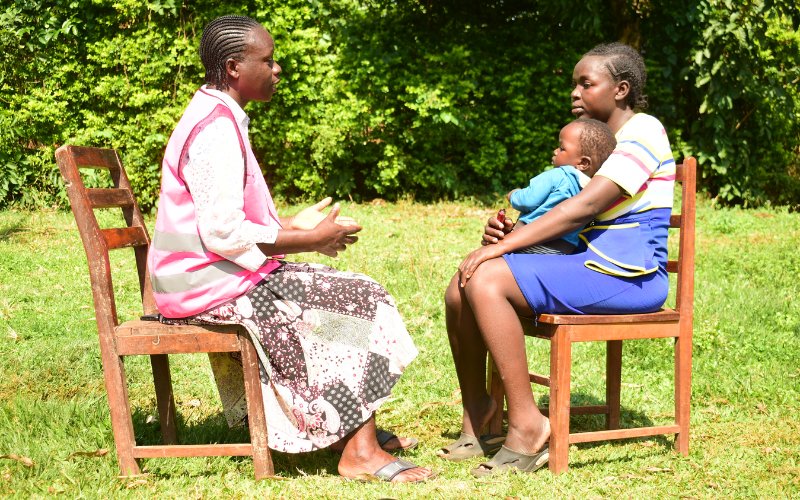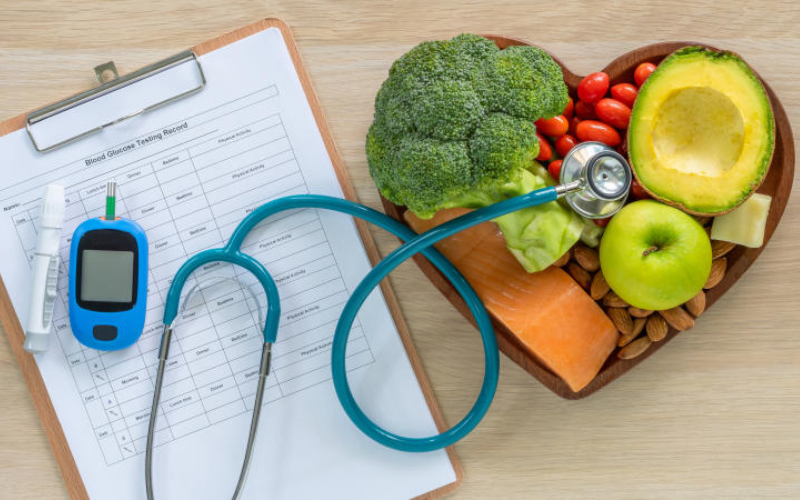
“Fibroids are benign growths in, within or on the uterine walls that develop during a woman’s child bearing age,” says Dr Evelyn Muthoka, an obstetrician and gynecologist.
She says that there is no specific cause for fibroids but there are several factors that offer insights into how fibroids develop.
“One factor is delayed onset of pregnancy. Studies show that women who have their first child later in life have a higher risk of developing fibroids.”
Another factor is giving birth to few babies. This, Dr Muthoka says, is linked to an interplay between female hormones oestrogen and progesterone.
She explains: “Oestrogen is the hormone that girls start producing at puberty and continue to produce over their productive years. Fibroids love oestrogen. They grow when the body’s oestrogen is high.
“Progesterone is like the opposite of oestrogen: it curtails fibroid growth. Within a woman’s menstrual cycle, the hormones interchange halfway – such that for half of the cycle one is higher than the other.
“Progesterone is elevated during pregnancy. Being pregnant multiple times means a woman will have long episodes when her progesterone is high. This depresses fibroid development or growth. The opposite is also true.”
Race could also be a determining factor. Several studies – one titled ‘Uterine Fibroids: Burden and Unmet Medical Need,’ published in the journal Seminar for Reproductive Medicine in 2017 – found an incidence rate of 80 per cent by the age of 50 among black women compared to 70 per cent among Caucasians.
Other factors associated with fibroids are: age (older women have higher risk), family history (genetics), obesity and inadequate vitamin D.
Not all fibroids cause problems. In fact, nearly half of women with fibroids show no symptoms, says Dr Muthoka.
“Unless they’re cancerous, we often don’t need to treat them,” she explains. The other half experience symptoms such as heavy menstrual bleeding– needing to change pads every so often.
They may also complain of pain in the pelvic area or on the lower back.
Some have a deformed abdomen – looking like they are pregnant – while they are not.
“I have been part of a medical team that operated on a woman who looked 36 weeks pregnant; That’s a full term baby,” says Dr Muthoka.
Some will also urinate frequently because the fibroids are pressing on their bladder. In others, the fibroids press on the rectum; causing constipation.
Fibroids also cause infertility; preventing conception, or hampering development of a pregnancy, or causing a miscarriage.
 The Standard Group Plc is a multi-media organization with investments in media
platforms spanning newspaper print
operations, television, radio broadcasting, digital and online services. The
Standard Group is recognized as a
leading multi-media house in Kenya with a key influence in matters of national
and international interest.
The Standard Group Plc is a multi-media organization with investments in media
platforms spanning newspaper print
operations, television, radio broadcasting, digital and online services. The
Standard Group is recognized as a
leading multi-media house in Kenya with a key influence in matters of national
and international interest.











